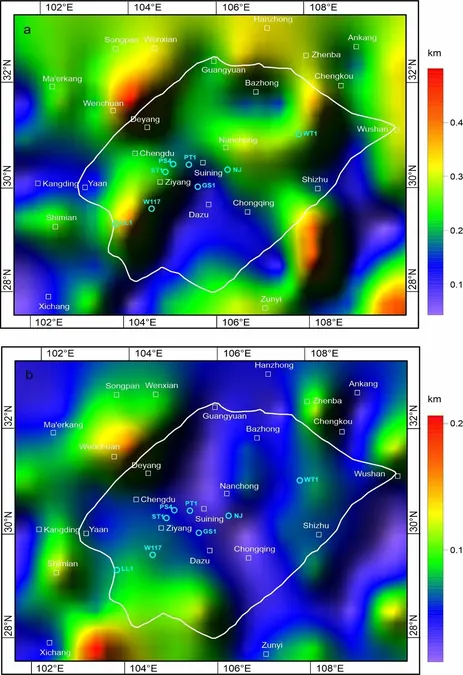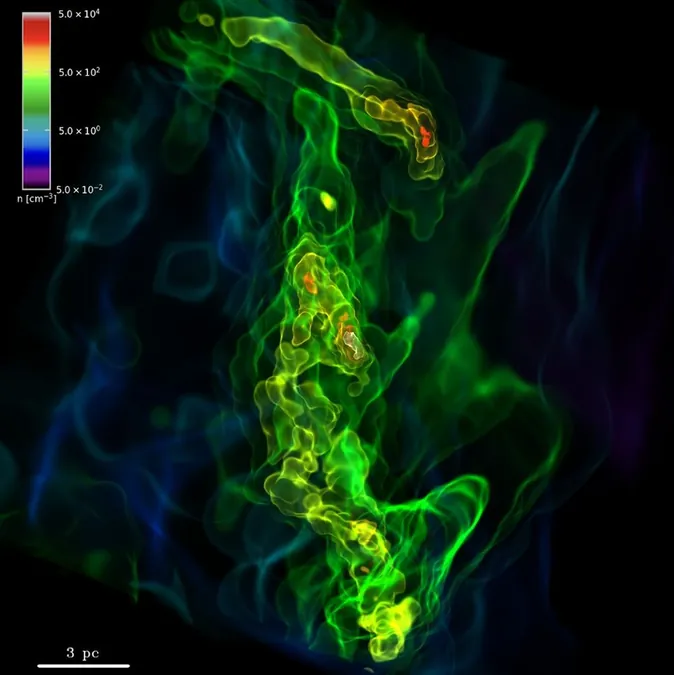
Breakthrough in Antiviral Drug Discovery: Targeting Stress Response to Combat Zika, Herpes, and RSV
2025-07-15
Author: Wei Ling
Revolutionary Findings from MIT Researchers
In an exciting development from the Massachusetts Institute of Technology (MIT), researchers have uncovered a new class of compounds that could revolutionize antiviral treatments, effectively targeting viruses like Zika, herpes, and respiratory syncytial virus (RSV). The study, published in the journal *Cell*, reveals that these compounds can induce cell death without being toxic, presenting a promising avenue for broad-spectrum antiviral drugs.
Harnessing the Power of Host Cell Stress Response
Human cells have a remarkable ability to respond to viral infections and other stressors via the integrated stress response (ISR) pathway. This defense mechanism kicks in when cells detect double-stranded RNA (dsRNA), a crucial marker of viral activity. By halting protein synthesis, cells can effectively block viruses from reproducing, a vital strategy in the defense against infection.
Innovative Optogenetic Platform for High-Throughput Screening
To explore this potential, the researchers developed an innovative optogenetic platform that allows for the precise modulation of the ISR pathway. By using light to artificially activate the protein PKR, the team could simulate viral infections and screen a staggering 370,830 compounds to pinpoint those that enhance the ISR pathway. This high-throughput approach is groundbreaking, paving the way for the discovery of new therapeutic agents.
A New Era of Antiviral Drug Development
Rather than focusing on single virus-targeted drugs, the researchers aim to create a class of antiviral agents that impact the host cell's fundamental processes. Lead author Felix Wong emphasized this shift in strategy, aiming to develop compounds that offer broad-spectrum efficacy against various viruses by modulating host cell responses.
Promising Compounds on the Horizon
Through their rigorous testing, nearly 3,500 compounds showed potential antiviral activity, with the top candidates undergoing further evaluation. Of these, three compounds stood out for their efficacy against viral loads: IBX-200, IBX-202, and IBX-204. Notably, IBX-200 exhibited remarkable success in reducing herpes viral loads in infected human cells.
Maximizing Antiviral Responses
These newly discovered compounds not only demonstrated their ability to lower viral replication but also activated an essential enzyme that reinforces the cell's stress response. This mechanism heightens cellular resilience against infections, showcasing that even a minor viral presence elicits a robust antiviral response when the ISR pathway is triggered.
The Future of Antiviral Therapies Looks Bright!
As researchers continue to refine these compounds, the potential for developing effective, broad-spectrum antiviral drugs becomes increasingly feasible. With ongoing trials planned against additional viruses, the journey from lab to clinic could transform how we fight viral infections in the future.


 Brasil (PT)
Brasil (PT)
 Canada (EN)
Canada (EN)
 Chile (ES)
Chile (ES)
 Česko (CS)
Česko (CS)
 대한민국 (KO)
대한민국 (KO)
 España (ES)
España (ES)
 France (FR)
France (FR)
 Hong Kong (EN)
Hong Kong (EN)
 Italia (IT)
Italia (IT)
 日本 (JA)
日本 (JA)
 Magyarország (HU)
Magyarország (HU)
 Norge (NO)
Norge (NO)
 Polska (PL)
Polska (PL)
 Schweiz (DE)
Schweiz (DE)
 Singapore (EN)
Singapore (EN)
 Sverige (SV)
Sverige (SV)
 Suomi (FI)
Suomi (FI)
 Türkiye (TR)
Türkiye (TR)
 الإمارات العربية المتحدة (AR)
الإمارات العربية المتحدة (AR)